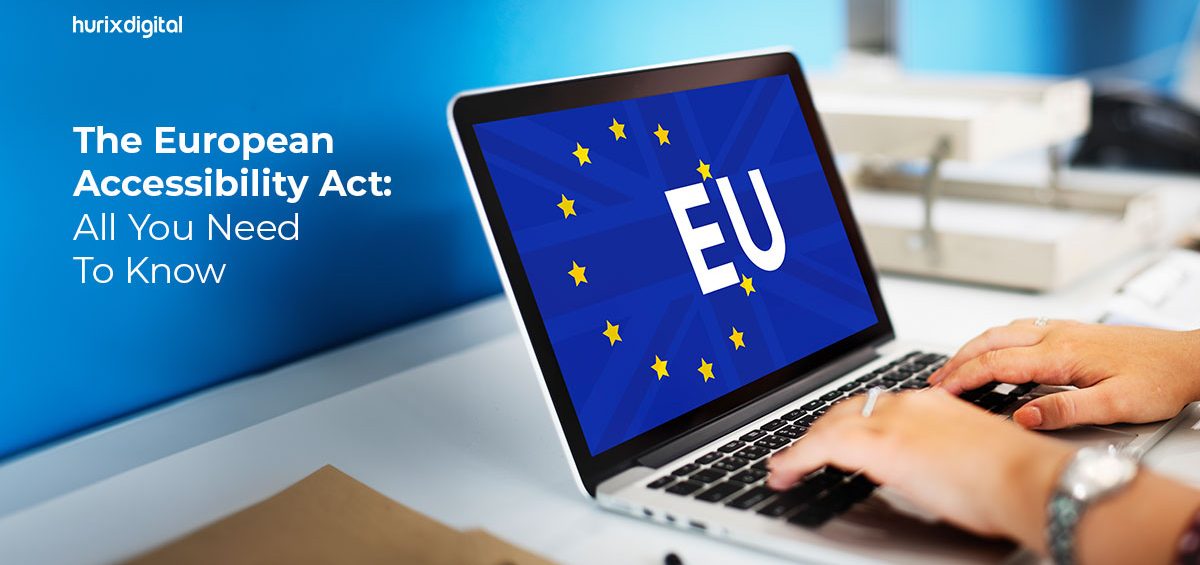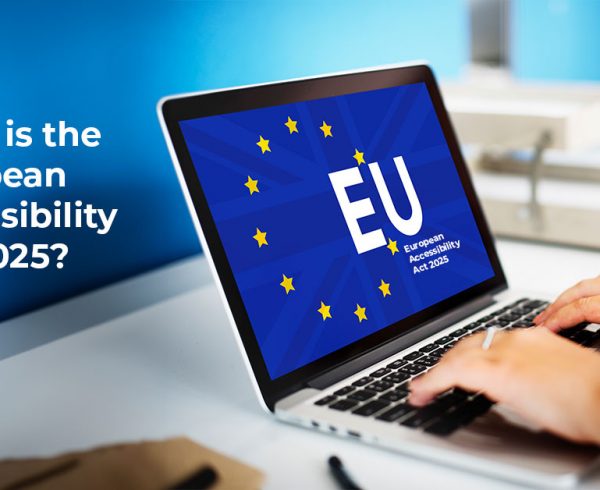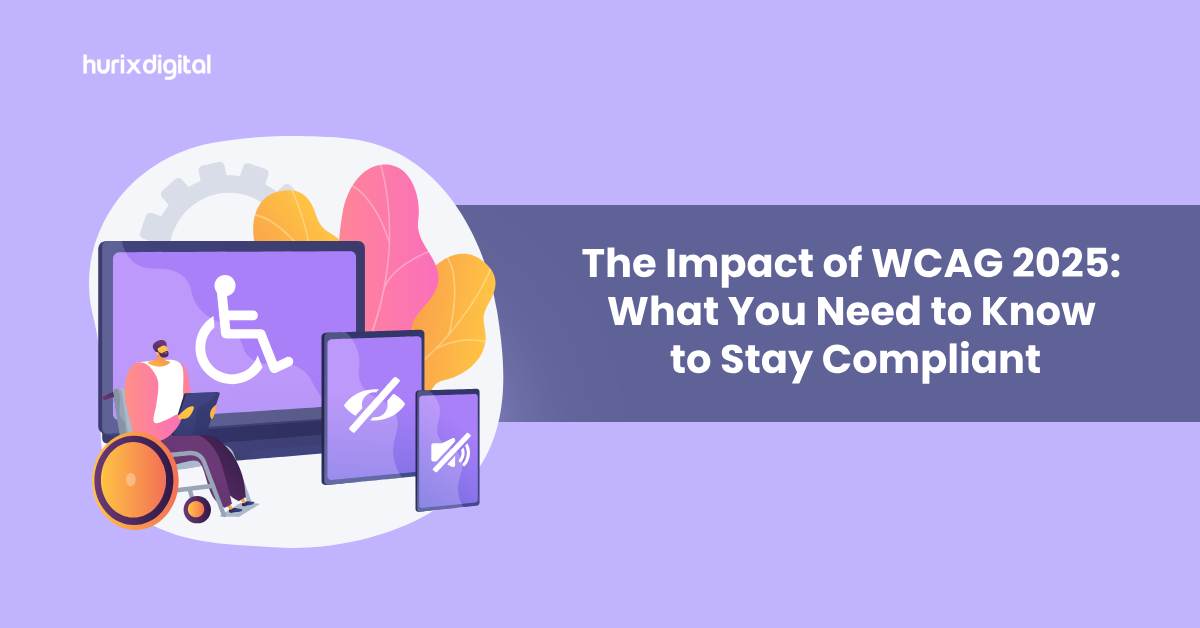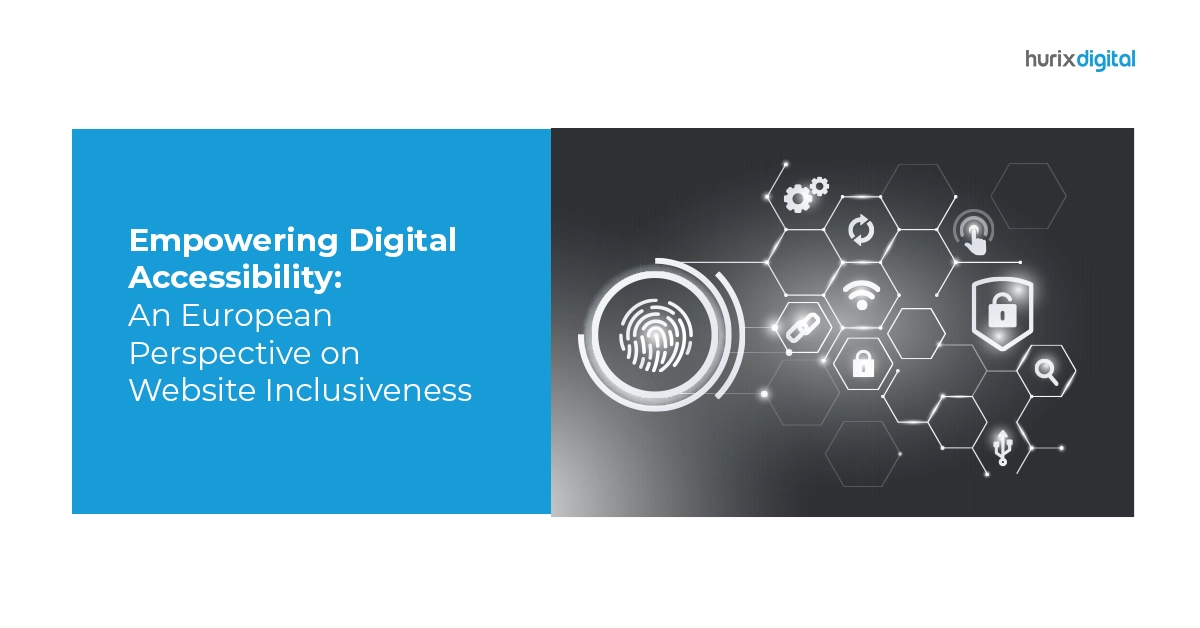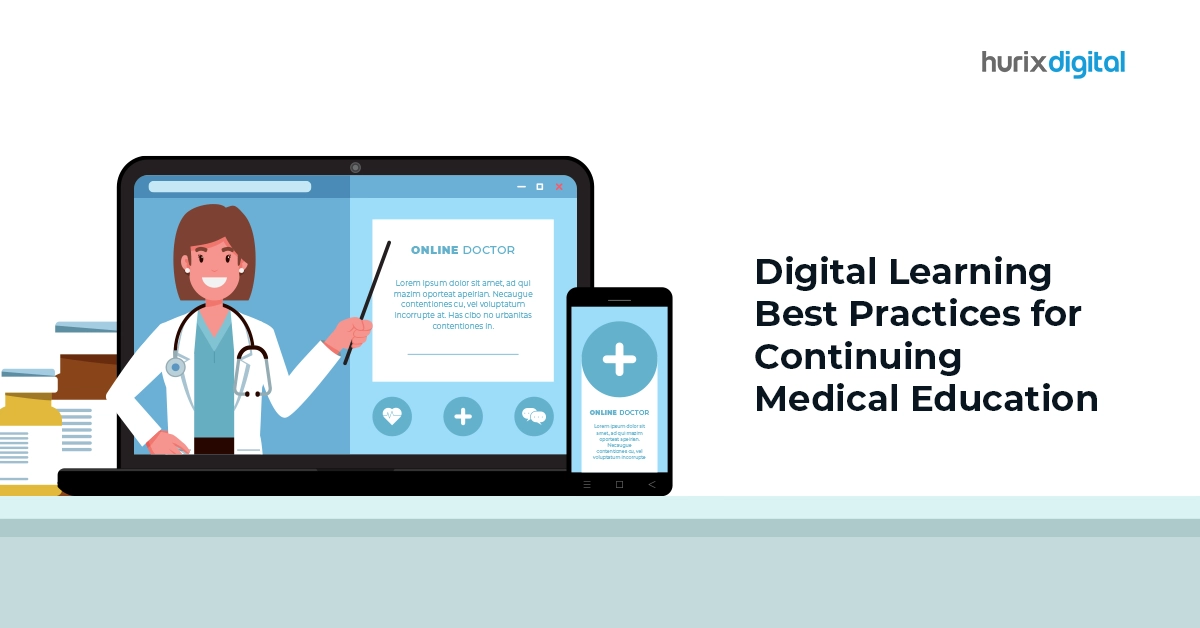Summary
This article discussed the European Accessibility Act and the guidelines that it mandates. It also provided information on which websites should comply with the WCAG and which should not.
The World Health Organisation estimates that 135 million individuals in Europe have an impairment of some kind. Some individuals may not be able to perceive or engage with web material due to accessibility hurdles. This is a particularly serious problem when crucial government services are offered online.
Hence, the European Union (EU) has made significant advancements to provide a uniform set of international standards. The European Accessibility Act (EAA) of the EU is meant to standardize accessibility by requiring the implementation of the Web Content Accessibility Guidelines (WCAG), despite each EU member state having its legislation governing web accessibility.
This article outlines the details of European accessibility standards, guidelines, and suggestions to ensure digital accessibility for your website. Read on to find more!
Table of Contents:
- What is the European Accessibility Act (EAA)?
- Which Websites Should Comply with EU Accessibility Act?
- Difference Between the European Accessibility Standards and Other Accessibility Guidelines
- Steps to Ensure a11y Compliance with European Accessibility Act
1.Begin with an Accessibility Audit
2.Define a11y Standards of Your Company
3.Hire Accessibility Experts
4.Regularly Test a11y Compliance of Your Services And Products - Conclusion
What is the European Accessibility Act (EAA)?
The UN Convention on the Rights of Persons with Disabilities (UNCRPD) served as the foundation for the EAA. By harmonizing accessibility regulations within every member state, this directive seeks to improve how accessible goods and services are provided throughout the EU in an evolving way.
The European Accessibility Act (EAA) was first put forward in 2011 as an addition to the EU’s Web Accessibility Directive, which was adopted in 2016. A new EAA was implemented in April 2019.
It stated that by June 28, 2022, member states must approve the required implementation legislation, and by June 28, 2025, they must ensure that the EAA’s accessibility provisions are put into practice. The documentation and monitoring process must be finished by June 28, 2030, and then every five years after that.
Also Read: Prioritize Web Accessibility with Website Redesign & Corporate Rebrand
Which Websites Should Comply with EU Accessibility Act?
The EU Accessibility Act impacts private businesses that provide services via government websites even though its main goal is to make sure that all government websites adhere to the a11y accessibility requirements.
The public sector’s websites and mobile applications are included under the 15-page directive. The rules also apply to third-party suppliers (i.e., organizations funded by public agreements) in addition to municipalities, counties, and state administrations.
European accessibility standards centered around the Web Content Accessibility Guidelines (WCAG) 2.0 released by the World Wide Web Consortium (W3C) must be implemented and enforced by all EU member states.
The European Accessibility Act act aims to standardize accessibility for TV gadgets, cell phones, tablets, ebooks viewers, and several other devices along with websites.
Difference Between the European Accessibility Standards and Other Accessibility Guidelines
The European Accessibility Act (EAA) varies in key ways from current a11y standards like the Americans with Disabilities Act (ADA) and the Web Content Accessibility Guidelines (WCAG). First off, the EAA is a thorough accessibility law that applies to a variety of goods and services.
Second, unlike WCAG, the EAA has legal repercussions, requiring private businesses operating in the EU to follow EAA accessibility standards. Heavy penalties may follow noncompliance to adhere to EAA regulations. So you need to prioritize accessibility above all to stay out of problems with the EAA!
In contrast to other policies, which may have varied legal channels such as voluntarily complying or commercial lawsuits, the EAA is administered by national authorities in every EU Member State.
Steps to Ensure a11y Compliance with European Accessibility Act
The Web Accessibility Directive and the European Accessibility Act (EAA) are closely associated. Both laws are based on WCAG website compliance. However, only the EAA applies to the majority of privately owned businesses that provide goods or services.
Here are a few effective steps on how to ensure web accessibility for your Digital material
1. Begin with an Accessibility Audit
An assessment of a website’s or other digital asset’s a11y compliance with the Web Content Accessibility Guidelines (WCAG) is known as a digital accessibility audit. It can be conducted with automated and manual testing by resorting to various assistive technologies.
The audit’s main objective is to find any barriers to accessibility that prevent individuals with disabilities from using digital resources and services. This will assist you in determining any issues that require accessibility modifications.
2. Define a11y Standards of Your Company
You should create an accessibility policy outlining your dedication to web accessibility solutions and your strategy for adhering to the EAA’s criteria. It is important to let everyone know about this policy, including staff members, clients, and suppliers.
3. Hire Accessibility Experts
Accessibility experts have specialized knowledge and abilities in creating, analyzing, and designing digital products and services that qualify as European accessibility act websites. They are knowledgeable about accessibility requirements, guidelines, and standards of practice.
These professionals help organizations by ensuring that digital content is useful and accessible to all. These professionals have expertise in particular areas of a11y accessibility, such as assistive technology, cognitive accessibility, or accessibility for those with particular disabilities.
Hence, hiring an accessibility expert is a great way to execute European accessibility standards for your websites.
4. Regularly Test a11y Compliance of Your Services and Products
Even though your website has been built in adherence to the accessibility guidelines of the EU, it is vital to conduct a11y compliance testing regularly. It will help to keep track of the accessibility standards of your products and services as well as trace your progress toward WCAG compliance.
Automated testing includes missing alt text on images, missing form input labels, lack of keyboard accessibility, incorrect heading structure, poor color contrast, and incorrect use of ARIA roles and properties.
However, it is important to note that as automated tools can not identify all accessibility issues, manual testing is also essential for comprehensive accessibility evaluation.
Also Read: Why Accessibility Training Matters: The A11Y Collective and the European Accessibility Act
Conclusion
By adhering to the European Accessibility Act, businesses are moving towards an accessible digital presence. It is vital to stay updated on the latest European accessibility guidelines to comply with any new changes.
If you are on the lookout to build an accessible online presence for your business, reach out to Hurix Digital. Hurix Digital provides online accessibility testing services to ensure that websites and web applications adhere to WCAG guidelines and accessibility standards.
Get in touch with Hurix Digital to know more!


